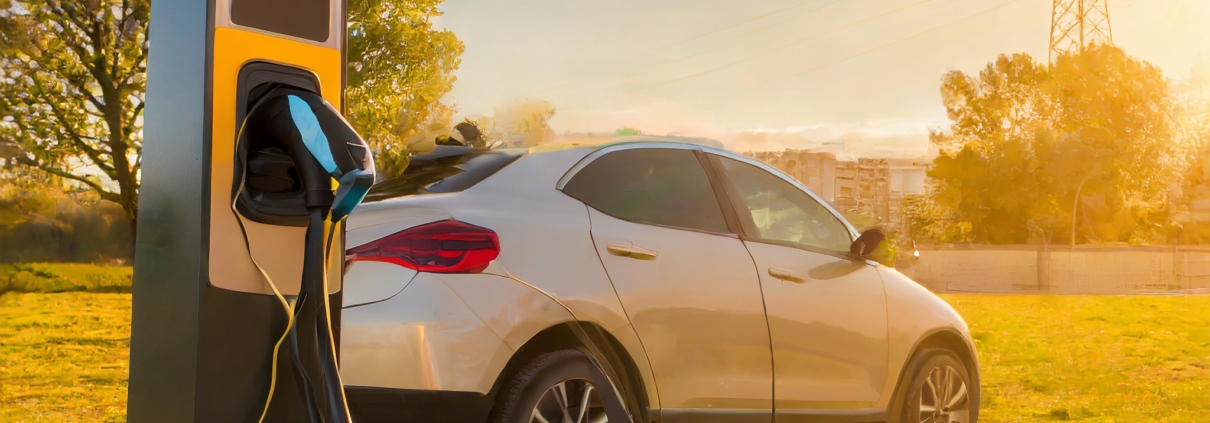Which Innovation Trends are fueling E-Mobility?
As everybody is aware, there is a huge change going on towards E-Mobility. We identified some trends who have a massive impact, and who fuel innovation into E-Mobility. However, keep in mind that this field is rapidly evolving, and new developments may pop up just as you read this. Here are some key innovations and trends that we identified in the E-Mobility sector:
Advancements in Battery Technology:
Ongoing improvements in battery technology are expected to increase energy density, reduce charging times, and enhance overall battery performance. Solid-state batteries are one area of research that could potentially address some of the limitations of traditional lithium-ion batteries. Large private and state financed R&D programs are ongoing, and the expectation is that, in just 2-5 years from now, batteries will be based on completely new technologies.
Increased Range and Faster Charging:
Range anxiety remains a concern for electric vehicle (EV) adoption. Innovations in battery technology as well as the development of fast-charging infrastructure aim to alleviate this concern by providing longer ranges and reducing charging times. Increased Range and faster Charging will convince and motivate consumers to change to fully electrically powered vehicles.
Autonomous Electric Vehicles (AEVs):
The integration of electric powertrains with autonomous driving technology is a promising area. AEVs could provide more efficient and sustainable transportation solutions, especially in the context of ride-sharing and autonomous fleets.
Wireless Charging:
Wireless charging technology is being explored to simplify the charging process for electric vehicles. This technology could enable EVs to charge without physical connections, making charging more convenient for users. However, more research is needed in this area and results might hit the market in a time frame between 5-10 years.
Energy Management and Smart Charging:
Advanced energy management systems will become crucial for optimising the charging process, integrating with smart grids, and ensuring efficient energy use. Smart charging solutions could also allow users to schedule and prioritise charging during off-peak hours.
Lightweight Materials and Design:
Electric vehicles often benefit from lightweight materials and streamlined designs to maximise efficiency and range. Advances in materials science and vehicle design will likely contribute to the development of more energy-efficient EVs. However, BMW’s experience with the i3 full carbon body structure indicates that radical weight saving structures need time to find its acceptance outside a niche market.
Integration of Renewable Energy:
The integration of renewable energy sources, such as solar panels on vehicles or EV charging stations, aims to reduce the environmental impact of EVs and make them more sustainable throughout their lifecycle.
E-Mobility Ecosystem Development:
The growth of the e-mobility ecosystem involves collaboration between automotive manufacturers, technology companies, and infrastructure providers. Partnerships and alliances are forming to create comprehensive solutions, including charging networks, battery recycling, and software platforms.
Increased Adoption of Electric Commercial Vehicles:
The electrification of commercial vehicles, including trucks and buses, is gaining momentum. The reduction of emissions in the transportation sector has led to increased interest in electric solutions for various commercial applications.
Regulatory Initiatives and Incentives:
Governments around the world are implementing regulations and offering incentives to promote the adoption of electric vehicles. These measures include subsidies, tax credits, and stricter emission standards, which play a significant role in shaping the direction of the e-mobility market.
Given the dynamic nature of the automotive industry, it’s important to stay updated on the latest developments and announcements from automakers, technology companies, and regulatory bodies to get a comprehensive understanding of the current state of e-mobility.



